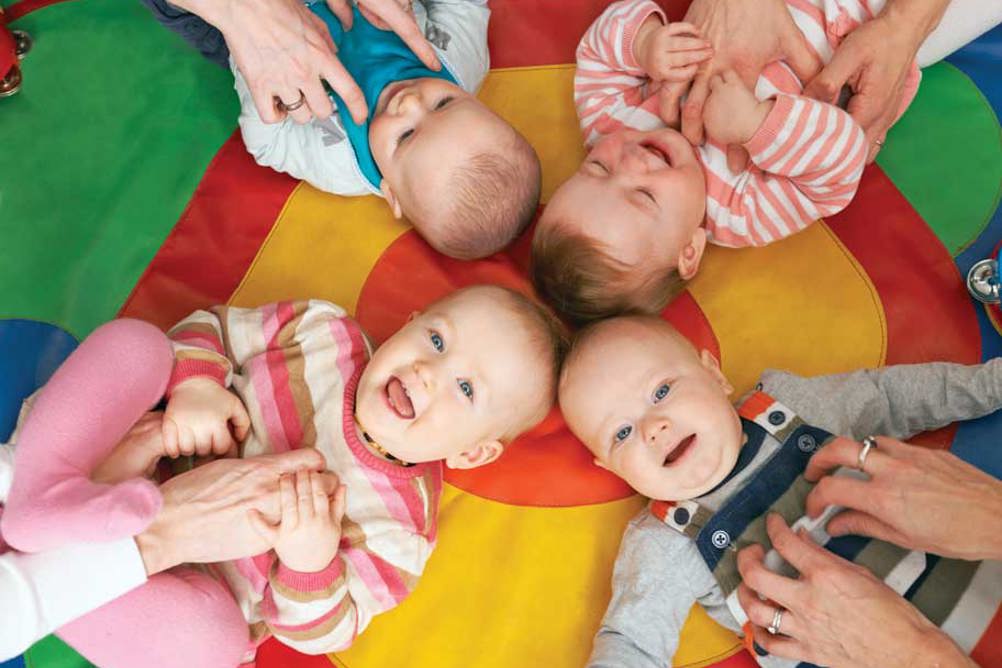the world, writes Jean Evans.

When planning any play space, practitioners must consider the holistic needs of the child - and creating 'enabling environments' for under-threes is no exception.
Ann Langston, director of the Early Years Matters consultancy, summed up what practitioners should aspire to for this age group: 'The more variety we can offer, together with the words and the warm interaction we provide, helps children to play and explore and to maintain a curiosity about the world they are trying to make sense of' ('Please touch', Nursery World, 24 February-9 March 2014).
Two areas of play provision that merit particular attention for this age group are sensory play and promoting children's communication and language skills. Under-threes have an innate curiosity to make sense of the world and a real desire to communicate with those around them. The right mix of resources, adult support and due attention to planning the environment can help the nursery's youngest in their quest for knowledge and understanding.
Register now to continue reading
Thank you for visiting Nursery World and making use of our archive of more than 35,000 expert features, subject guides, case studies and policy updates. Why not register today and enjoy the following great benefits:
What's included
-
Free access to 4 subscriber-only articles per month
-
Unlimited access to news and opinion
-
Email newsletter providing activity ideas, best practice and breaking news
Already have an account? Sign in here
